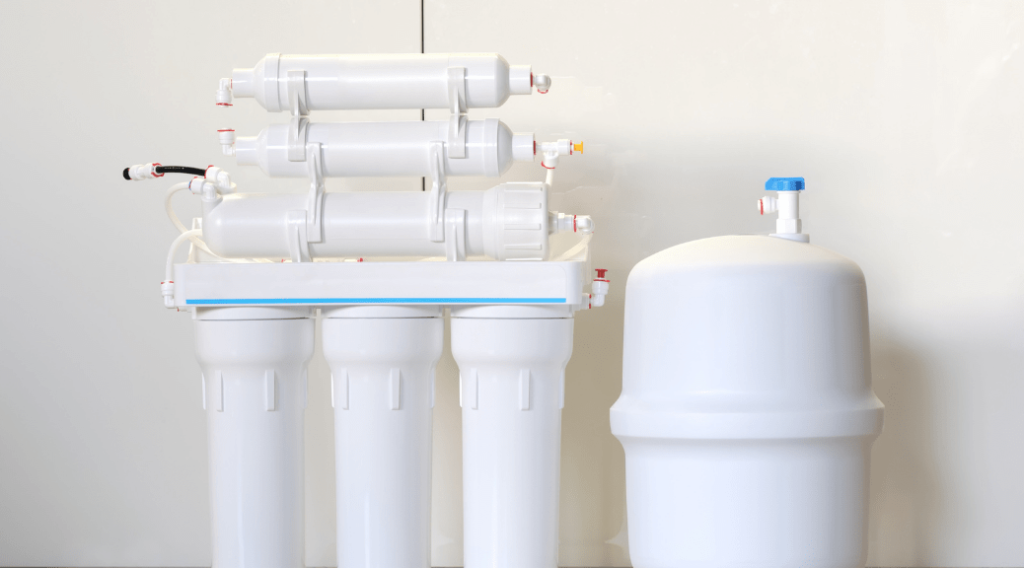In an era where access to clean and safe drinking water is a pressing global concern, the Liquid Revolution has emerged as a beacon of hope, showcasing the mastery of water purification techniques. This revolution represents a transformative journey from conventional methods to cutting-edge technologies, addressing the growing challenges posed by water pollution, scarcity, and contamination. As populations burgeon and industrialization accelerates, the demand for potable water has intensified, prompting a paradigm shift in how we approach water purification. Historically, communities relied on traditional methods such as boiling, sedimentation, and cloth filtration to render water suitable for consumption. However, these methods were often time-consuming, energy-intensive, and incapable of tackling modern contaminants. The Liquid Revolution marks a departure from these rudimentary techniques, ushering in a new era where science and innovation converge to purify water more efficiently and comprehensively. One cornerstone of the Liquid Revolution is the adoption of advanced filtration technologies.

Nanotechnology, for instance, has enabled the development of ultrafiltration membranes with microscopic pores that can efficiently remove bacteria, viruses, and other impurities from water. This breakthrough has significantly improved the quality of water available to communities, especially in regions grappling with inadequate sanitation infrastructure. Additionally, reverse osmosis, a process where water is forced through a semi-permeable membrane, has proven instrumental in removing even the smallest contaminants, ensuring that the end product is of the highest purity. Harnessing the power of nature is another integral aspect of the Liquid Revolution. Green infrastructure, such as constructed wetlands and natural filtration systems, has gained prominence as a sustainable and environmentally friendly means of water purification. These systems mimic the natural processes that occur in wetlands, effectively removing pollutants and enhancing water quality. By integrating ecological solutions into water purification strategies, the Liquid Revolution demonstrates a commitment to harmony between human activities and the environment. Furthermore, the advent of advanced oxidation processes AOPs has revolutionized water treatment by effectively breaking down organic and inorganic contaminants and contact us.
Techniques like photocatalysis and ozonation harness the power of reactive oxygen species to degrade pollutants, ensuring that water is not only disinfected but also free from harmful chemicals. These innovations are especially crucial in addressing emerging contaminants, including pharmaceutical residues and industrial chemicals, which pose novel challenges to water quality. In conclusion, the Liquid Revolution stands as a testament to human ingenuity and our ability to overcome one of the most fundamental challenges of our time – ensuring access to clean and safe drinking water. By embracing a diverse array of purification techniques, from advanced filtration technologies to nature-inspired solutions and cutting-edge oxidation processes, we are not only safeguarding public health but also forging a sustainable future where water is a resource accessible to all. As the Liquid Revolution continues to evolve, its impact on global water security promises to be profound, reshaping the way societies approach water purification and conservation for generations to come.
